 I need to remove observations with duplicate pairs (ie. the original observation and it's duplicate). I have more than hundred columns, but sometimes for a given ID I am getting a pair of different Load_Date and a pair of Contactor columns.
The below code I am using to remove all cases when I have duplicate pairs as described above
I need to remove observations with duplicate pairs (ie. the original observation and it's duplicate). I have more than hundred columns, but sometimes for a given ID I am getting a pair of different Load_Date and a pair of Contactor columns.
The below code I am using to remove all cases when I have duplicate pairs as described above :
:
Could you let me know if I am doing it the right way? From the described data, I need to keep records for ID value C and D only. I did check my output and it looks like it worked, still not sure because I am new to proc sql. Thanks!